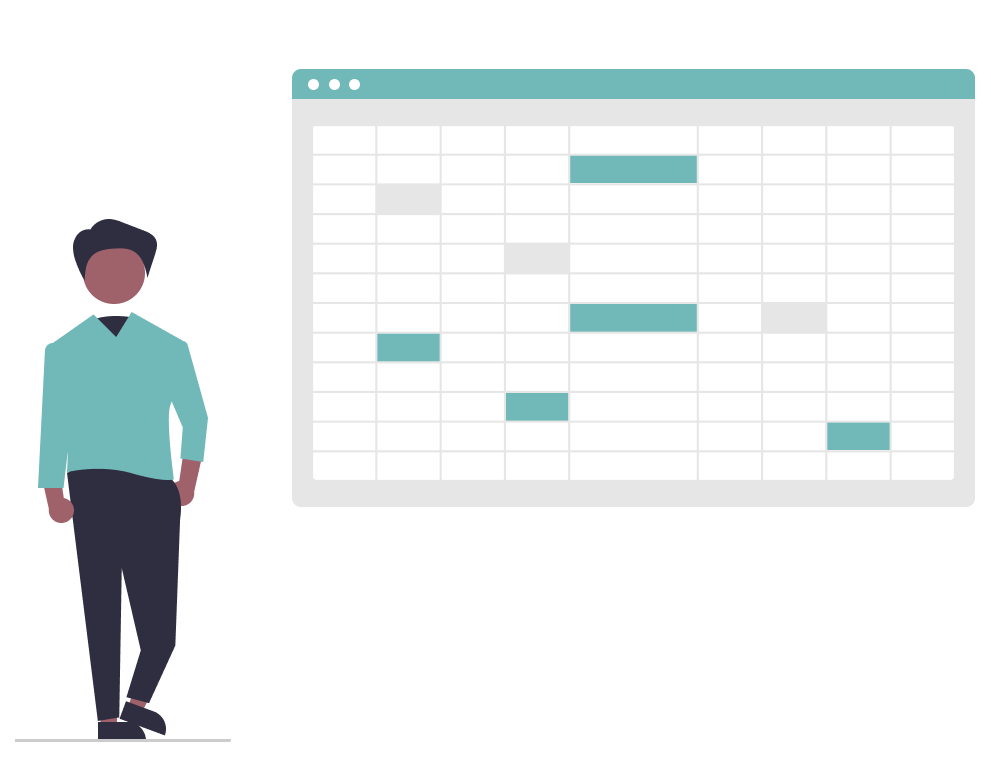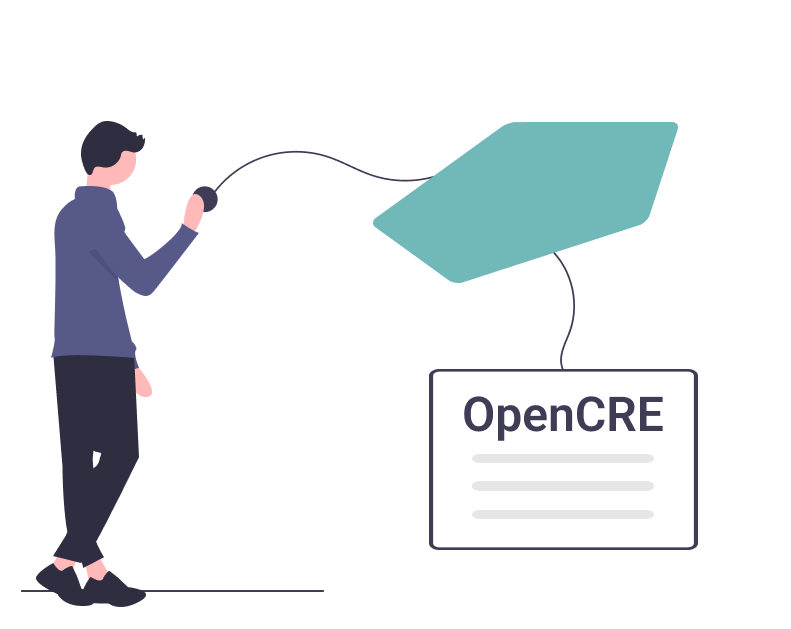Introducing the SAMM Benchmark Report
Unlocking New Insights in Application Security The world of software security evolves rapidly, with new challenges and best practices emerging every day. For organizations striving to build robust application security programs, the ability to compare practices and measure progress against industry peers is invaluable. This is where the SAMM Benchmark Report steps in—a comprehensive analysis based on real-world data that provides actionable insights into the current state of application security maturity.









